In the figure given below, mark the ovule and pericarp.
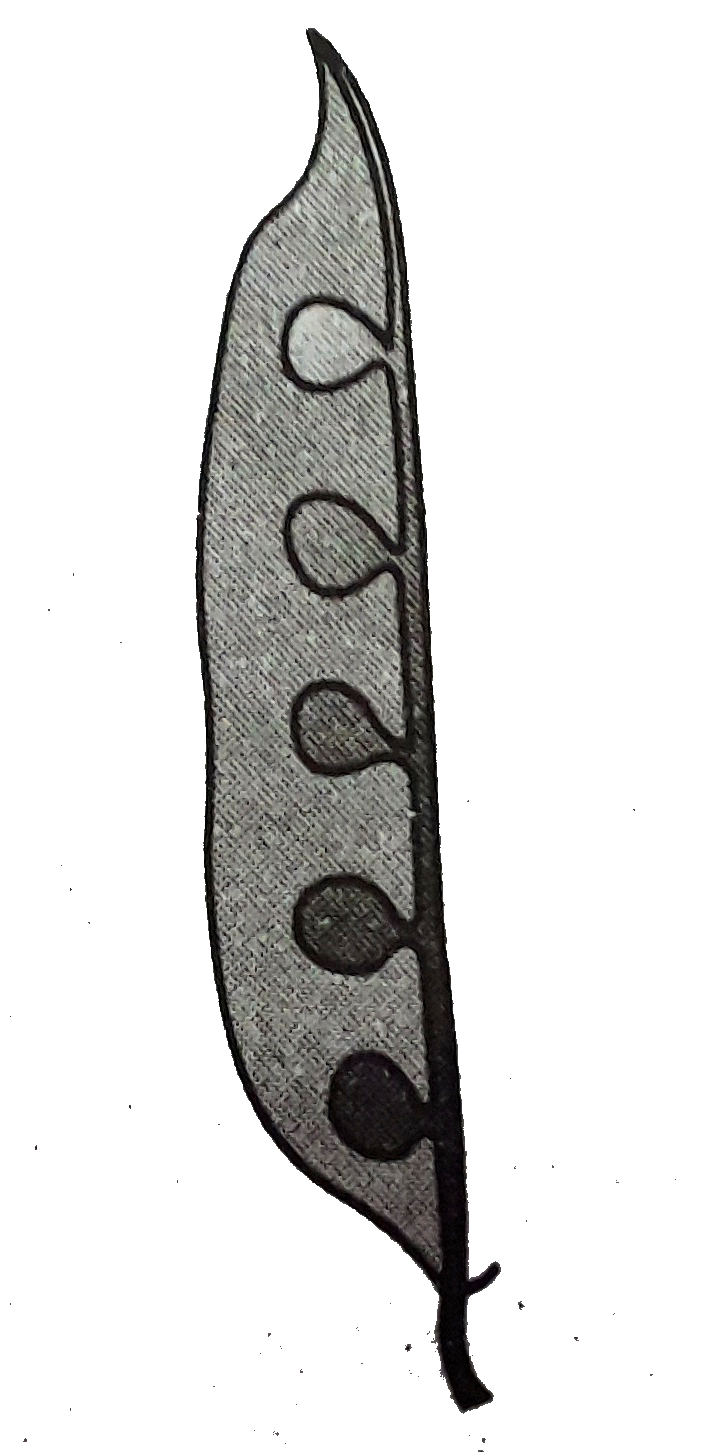
In flowering plants, the zygote is formed inside the ovule. After fertilisation the sapals, petals and stamens of the flower and fall off. The pistil however, remains attached to the plant.
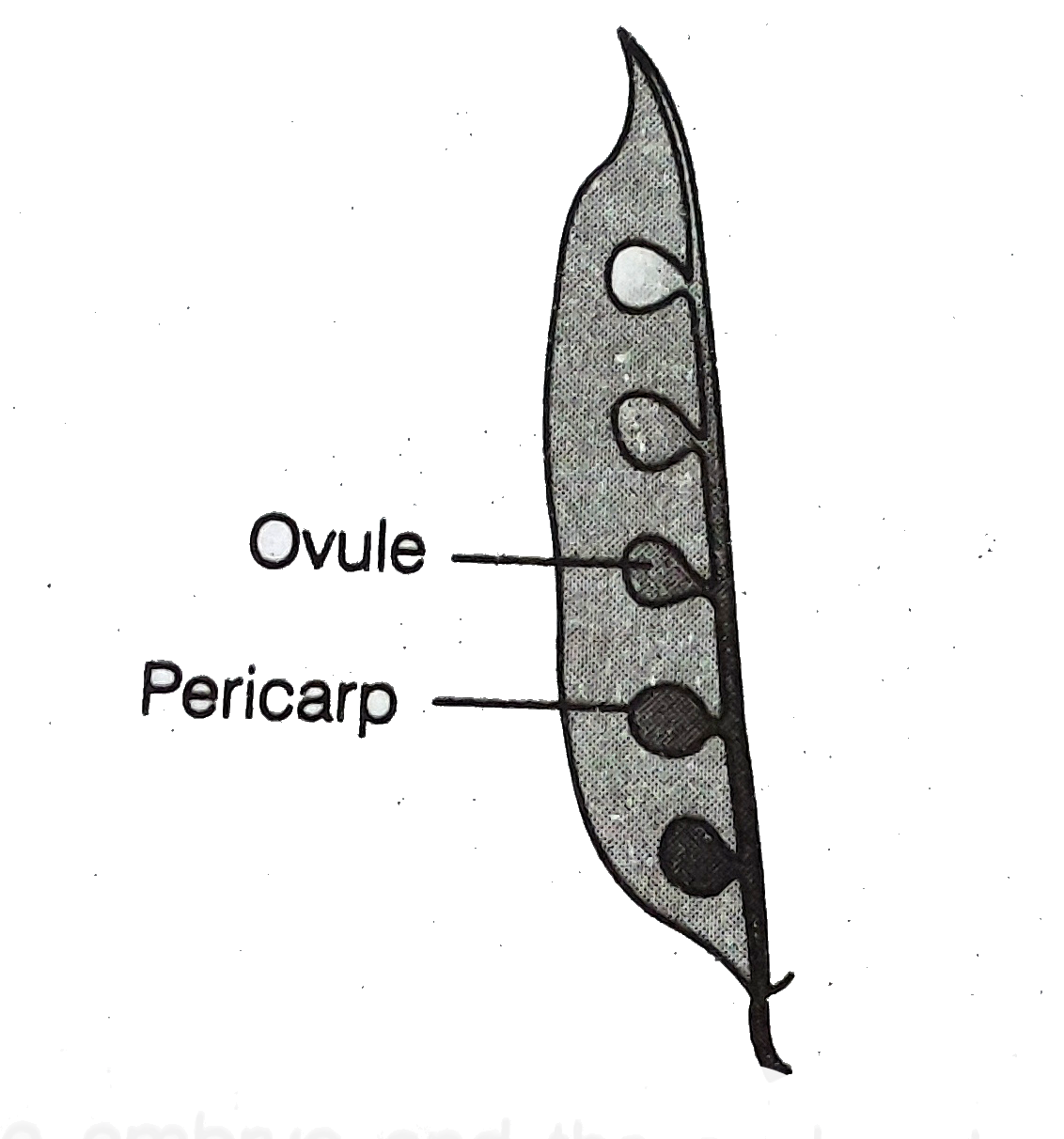
The zygote develops into the embryo and the ovules develop into the seed. The ovary develops into the fruit which devepols a thick wall called pericarp that is protective in function.
Topper's Solved these Questions
- REPRODUCTION IN ORGANISMSBOOK - NCERT EXEMPLAR ENGLISHCHAPTER - REPRODUCTION IN ORGANISMSEXERCISE - Short Answer Type Questions
11 Videos
- REPRODUCTION IN ORGANISMSBOOK - NCERT EXEMPLAR ENGLISHCHAPTER - REPRODUCTION IN ORGANISMSEXERCISE - Long Answer Type Questions
5 Videos
- REPRODUCTION IN ORGANISMSBOOK - NCERT EXEMPLAR ENGLISHCHAPTER - REPRODUCTION IN ORGANISMSEXERCISE - Long Answer Type Questions
5 Videos
- PRINCIPLE OF INHERITANCE AND VARIATIONS BOOK - NCERT EXEMPLAR ENGLISHCHAPTER - PRINCIPLE OF INHERITANCE AND VARIATIONS EXERCISE - LONG ANSWER TYPE QUESTIONS
5 Videos
- REPRODUCTIVE HEALTH BOOK - NCERT EXEMPLAR ENGLISHCHAPTER - REPRODUCTIVE HEALTH EXERCISE - LONG ANSWER TYPE QUESTIONS
5 Videos
Similar Questions
Identify the figure given below.
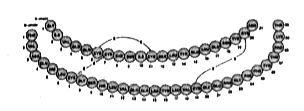
View SolutionIn the figures given below , find AB:
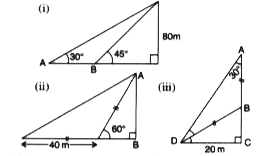
View SolutionStudy the figure given below and mark the correct expression.
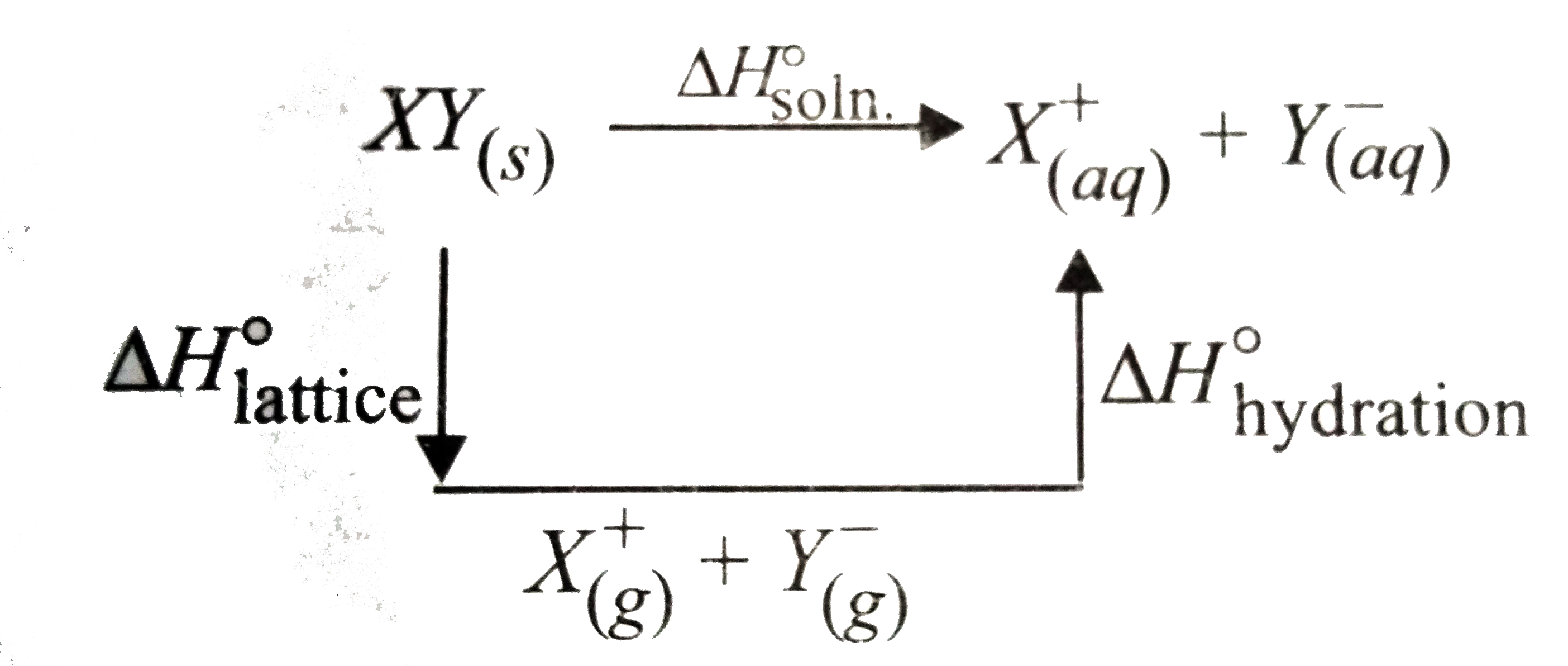
The enthalpy of solution of XY(s),ΔH∘soln. in water can be determined by
View SolutionStudy the figures given below and mark the correct statement.
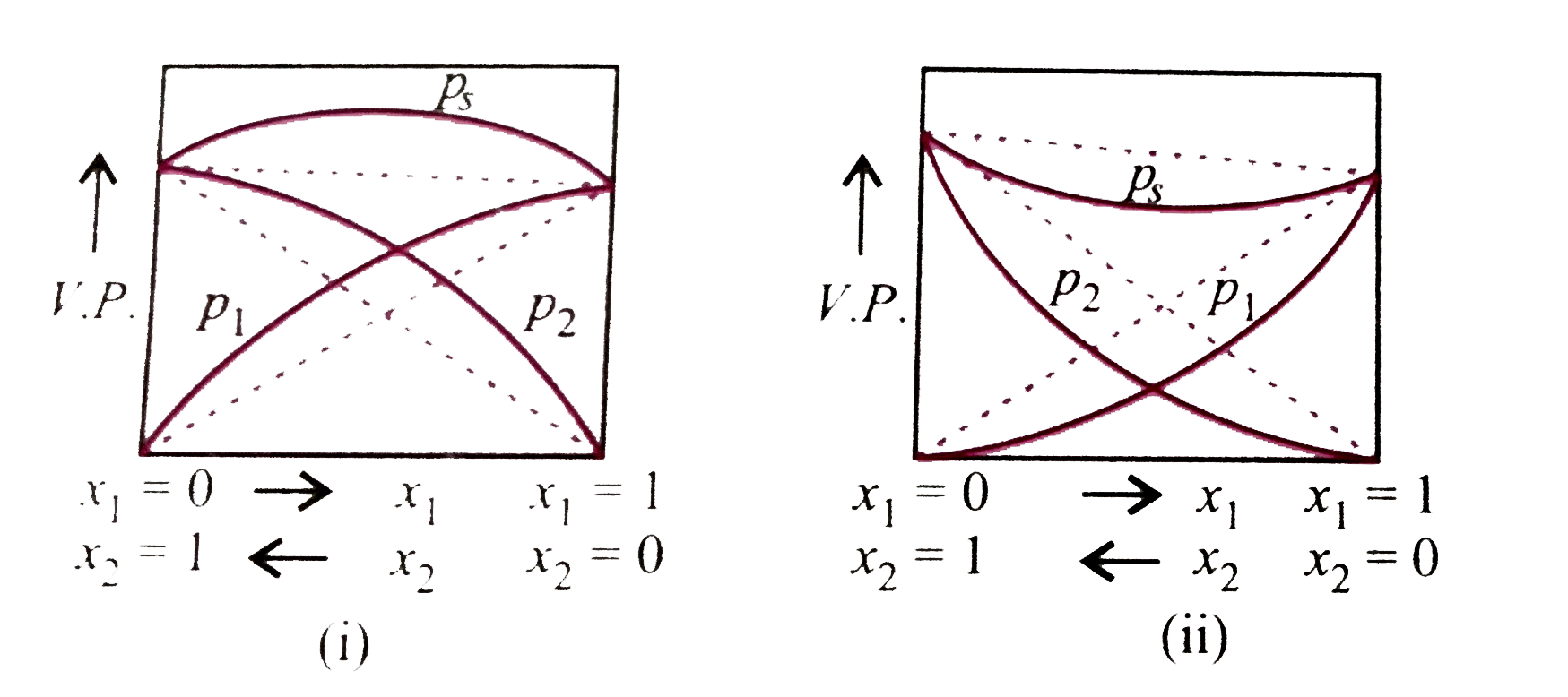
View SolutionIdentify the figures given below marked as A,B,C and D.
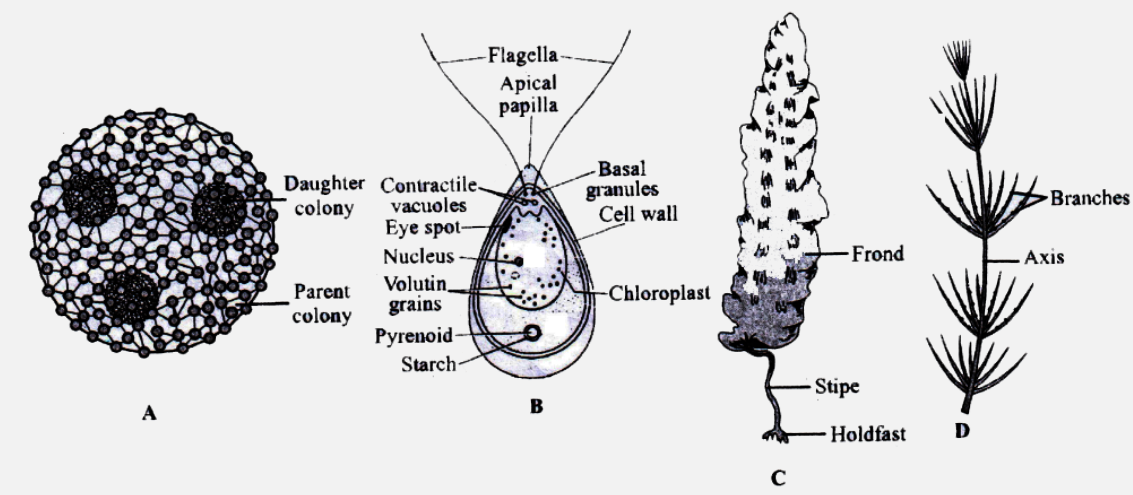
View SolutionIn the figure given below the plant bears two different types of flowers marked 'A' and 'B'. Identify the types of flowers and state the type of pollination that will occur in them.
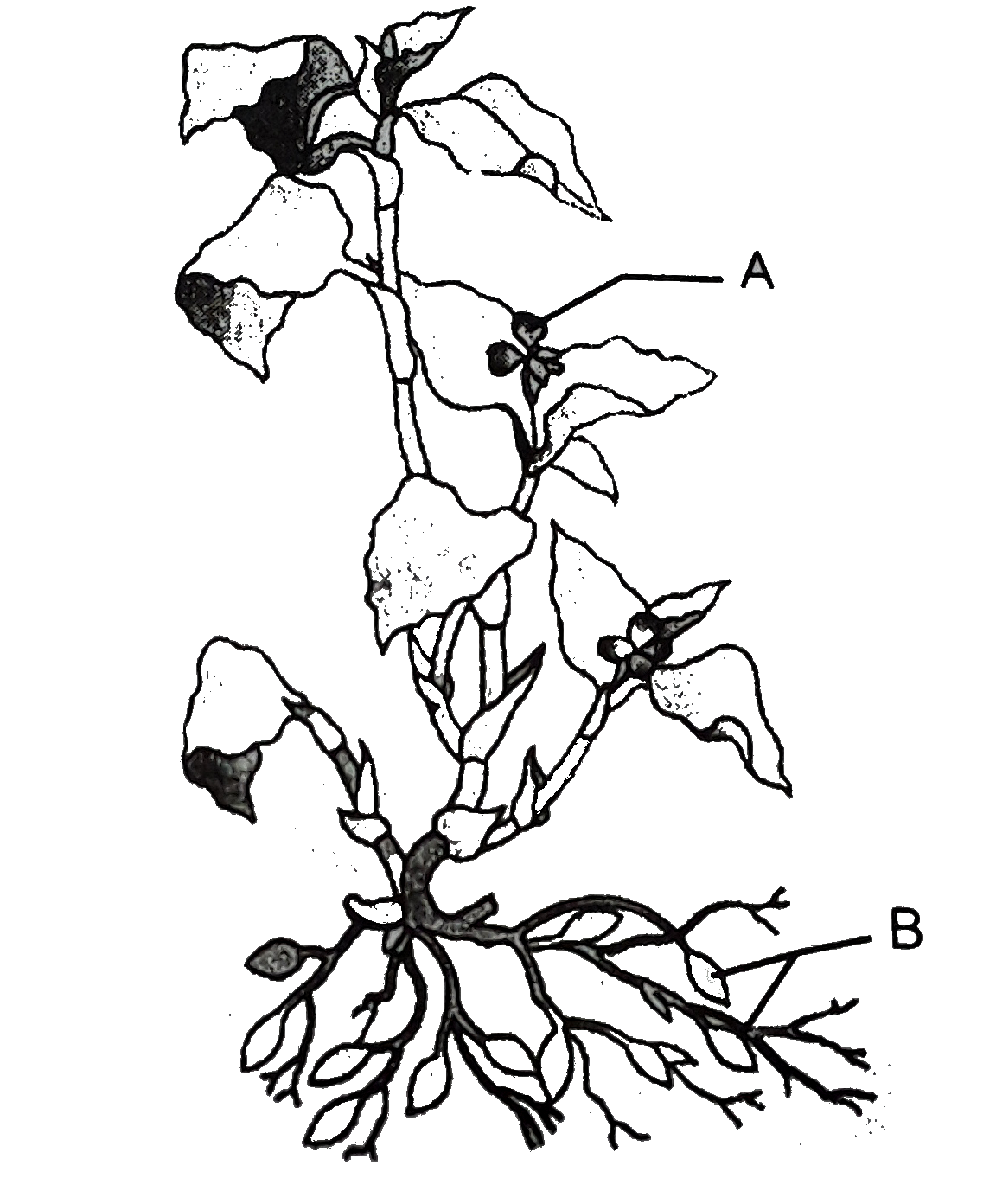
View SolutionIn the figure given alongside, mark compressions and rarefactions of a wave as the tuning fork is vibrating. Also mark one complete wave.

View SolutionIn the figure given below, steel pins are sticking to the nail in the Figure A. and falling off in Figure B. Explain the reason.
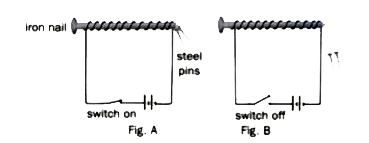
View SolutionObserve the figure given below, and answer the question.
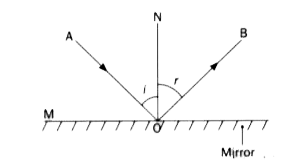
What is the ray AO called?
View SolutionWhat is the figure given below showing in particular?
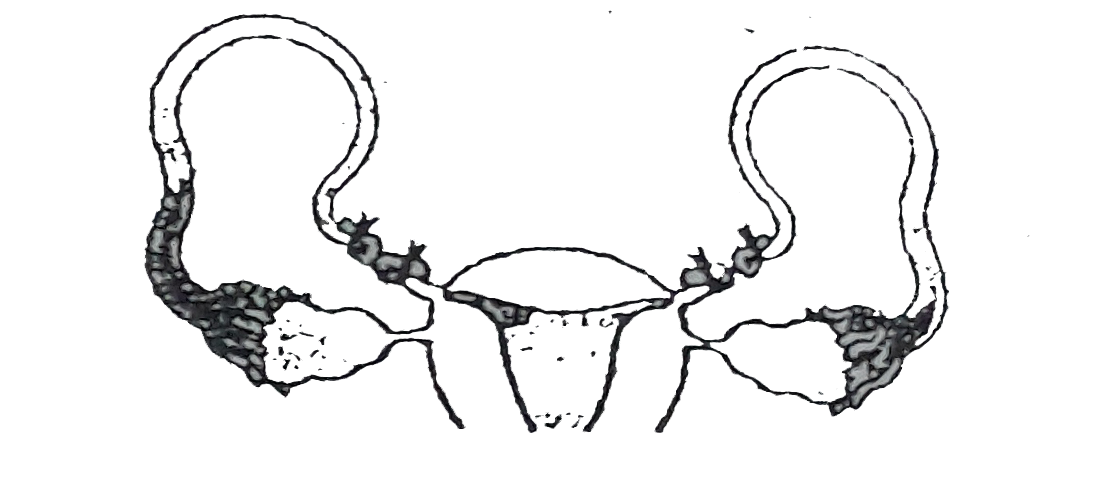
View Solution
